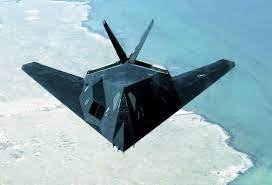psneeld
Guru
Though I haven't tried it, I am convinced that if your boat is a poor radar target, the more reflective material the better. Maybe a flybridge fairing lined with foil would be better than the tiny radar reflector that's designed to be stowed easily and cost what the market will bear. Efficiency may not be the only design factor. Or based on West's test no matter what you do a small boat will still be an intermittent target.
But as I have said all along, why not check to see if your boat is an adequate target and not worry about either foil or a reflector. As West said...the only way to be sure the other guy see you is to see him first and let him know if it's becoming an issue.
But as I have said all along, why not check to see if your boat is an adequate target and not worry about either foil or a reflector. As West said...the only way to be sure the other guy see you is to see him first and let him know if it's becoming an issue.
Last edited:


